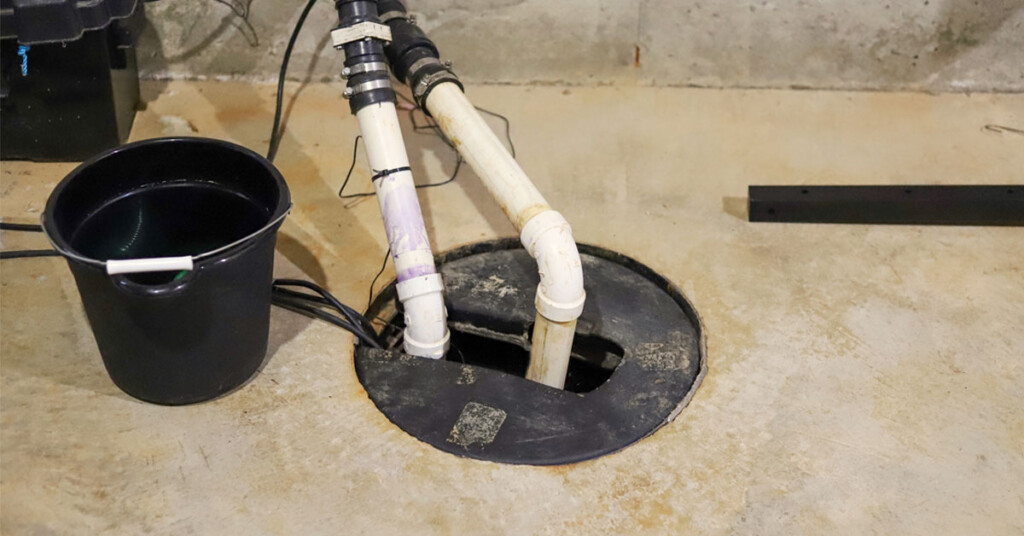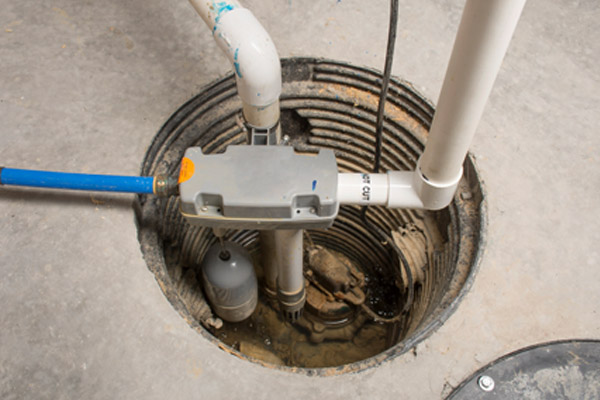Fast Steps to Taking Care of Your Sump Pump
CallDo you find yourself looking for know-how on Steps to Cleaning Your Sump Pump Properly?

Sump pumps are crucial elements in numerous homes, specifically in locations susceptible to flooding or too much dampness. They assist avoid water damage by successfully getting rid of excess water from cellars or crawl spaces. However, like any other appliance, sump pumps call for regular upkeep to ensure they operate efficiently when needed the most. Cleaning your sump pump is an important part of its upkeep, and recognizing exactly how to do it correctly can conserve you from expensive repair work and possible catastrophes.
Introduction
Preserving a clean sump pump is vital for its proper performance and longevity. Overlooking this important task can cause clogs, breakdowns, and eventually, water damage to your residential or commercial property. As a result, finding out how to clean a sump pump is critical for property owners who count on these tools to keep their cellars completely dry and safeguarded.
Comprehending the Sump Pump
Before diving into the cleansing procedure, it's essential to have a fundamental understanding of just how a sump pump works. Usually set up in a pit or container below the basement flooring, a sump pump contains a number of key elements, including a pump, a float button, and a discharge pipe. When water gathers in the pit, the float button turns on the pump, which then pumps the water out with the discharge pipe, far from the structure's foundation.
Indications of a Dirty Sump Pump
Recognizing when your sump pump requires cleansing is vital for avoiding potential breakdowns. Some typical indicators that suggest a dirty sump pump consist of strange sounds throughout operation, lowered water flow, and visible particles in the pit. If you discover any one of these symptoms, it's essential to cleanse your sump pump immediately to stay clear of any type of more issues.
Getting ready for Cleansing
Prior to you begin cleansing your sump pump, it's vital to take some safety and security precautions. Start by shutting down the power to the pump to stay clear of any kind of electric crashes. In addition, wear suitable protective gear, such as handwear covers and safety glasses, to safeguard yourself from dirt, particles, and possible microorganisms.
Step-by-step Guide to Cleansing a Sump Pump
Turning off the Power
Begin by separating the power supply to the sump pump to prevent any type of accidents while cleaning.
Removing Particles and Dirt
Make use of a container or a scoop to eliminate any kind of visible particles, dust, or sediment from the sump pit. Dispose of the particles effectively to avoid it from obstructing the pump or the discharge pipeline.
Cleansing the Pump and Float Switch
Once the pit is free from debris, very carefully eliminate the pump from the pit. Inspect the pump and the float button for any indications of damages or wear. Make use of a soft brush or cloth to cleanse the surface areas and eliminate any collected crud.
Flushing the System
After cleaning the pump and float switch, flush the sump pit with tidy water to eliminate any kind of remaining dust or sediment. This will assist guarantee that the pump operates efficiently and successfully.
Checking for Proper Functioning
Before re-installing the pump, perform a quick examination to make certain that the float switch turns on the pump properly. Put some water right into the sump pit and observe the pump's operation. If every little thing is functioning correctly, you can reassemble the pump and reconnect the power supply.
Upkeep Tips to Keep Your Sump Pump Clean
In addition to periodic cleansing, there are a number of upkeep pointers you can follow to maintain your sump pump in optimum problem:
Verdict
Cleaning your sump pump is a critical element of its upkeep and guarantees that it runs properly when you need it one of the most. By adhering to the steps described in this guide and including normal maintenance into your regimen, you can expand the lifespan of your sump pump and shield your home from water damages.
6 STEPS ON HOW TO CLEAN A SUMP PUMP PROPERLY
UNDERSTANDING SUMP PUMPS
Your sump pump plays a crucial role in protecting your home by managing and removing excess water. It primarily functions as a “shield”, guarding your basement against the damaging effects of water accumulation. The pump is housed in a sump pit in the lowest part of your basement, and its job is to pump out any water that collects there.
During heavy rainfalls or when snow melts rapidly, water can infiltrate your basement, posing potential risks like flooding, structural damage, and harmful mold growth. Here, the sump pump springs into action, pumping out the intruding water and directing it away from your home.
SAFETY FIRST
Before cleaning, remember to prioritize safety. Disconnect the sump pump from the power source to prevent any accidental electric shocks. Also, wear sturdy gloves to protect your hands from any sharp or dirty components within the pump.
REMOVE THE SUMP PUMP
After ensuring your safety, the next step is to remove the sump pump from its pit. Doing this might require careful maneuvering as you don’t want to damage any pump components. Once removed, clean the sump pit to remove any accumulated debris or sludge.
INSPECT THE PUMP
Inspect the pump for any visible signs of wear or damage. Check the power cord, float switch, and impeller housing. If any components look worn out or damaged, consider replacing them to ensure optimal performance.
CLEAN THE PUMP
Thoroughly clean the pump with warm, soapy water. Make sure to rid it of any dirt, gravel, or other debris that might impede its performance. You can use a toothbrush to clean the small, hard-to-reach parts of the pump.
REINSTALL THE SUMP PUMP
Reinstall the pump into the sump pit Make sure it’s positioned correctly to remove the water effectively Once it’s back in place, reconnect it to the power source TEST THE PUMP
Finally, pour some water into the pit to ensure the pump works correctly. It should start automatically and begin pumping out the water; if it doesn’t, check the power source and the positioning of the pump.
Remember, while cleaning your sump pump is an essential part of home maintenance, hiring a professional plumber for a thorough inspection and cleaning at least once a year is also important. This will ensure that your pump is in optimal condition, ready to protect your home from potential water damage.
BEST PRACTICES FOR CLEANING SUMP PUMP DISCHARGE PIPES
Regular Inspection: Regularly inspect your discharge pipes, especially during heavy rainfall or snowmelt periods. Look for any signs of blockage or damage. Early detection of problems can prevent serious issues down the line. Periodic Cleaning: Over time, sediment and debris can accumulate in the discharge pipes, impeding the flow of water. Regular cleaning helps keep the pipes clear and functioning efficiently. You can use a high-pressure water jet to effectively clean the pipes. Insulation During Winter: In colder climates, discharge pipes can freeze, blocking the outflow of water. Protect your discharge pipes from freezing temperatures by insulating them with foam pipe insulation. This will ensure the sump pump can continue to discharge water even in freezing conditions. Proper Positioning: The discharge pipe should be positioned to direct water away from your home’s foundation. Improper positioning can lead to water seeping back into the basement. Ensure the pipe is long enough and angled correctly. Installation of a Check Valve: A check valve prevents water from flowing back into your sump pit after the pump has pushed it out. Installing a check valve helps maintain the efficiency of your sump pump and reduces the risk of flooding. Minimize Pipe Turns: Every curve or turn in the discharge pipe can decrease the efficiency of water flow. By minimizing turns and bends in your discharge pipe, you can increase the efficiency of your sump pump. https://www.fullspeedplumbing.com/how-to-clean-a-sump-pump-properly9999/

I recently found that entry on How to Care for Your Sump Pump when scouting around the search engines. Kindly take the time to distribute this article if you enjoyed reading it. I love your readership.
Visit Url